Perennial, foliage die back, and nomenclature
7 years ago
Featured Answer
Sort by:Oldest
Comments (6)
- 7 years ago
Related Discussions
do i cut back dead foliage? help!
Comments (6)It's wonderful to hear from someone who has acquired a new garden and isn't planning to sod over it - that's a fear we all share when we think about the eventuality of selling our homes. So, welcome to Garden Web - this is a great resource for gardeners; please come visit the New England forum as well. I agree with the recommendation above, the DiSabato-Aust book is a good one, really comprehensive although sometimes a little overwhelming. You should remember that you don't really need to do everything perfectly in order to have a nice garden; I tend to forget that when I read that sort of book. Leaving your perennials standing over winter is mostly a matter of taste; the exceptions are that subshrubs (like your perovskia, lavender, and most herbs) *need* to be left and should not be cut back below the place where new foliage emerges in spring and, at the opposite extreme, plants like peony and phlox, which tend to have problems with fungus, mold, or viruses, should be cut back as soon as the leaves turn brown in fall. Missing a few that should be cut back is not a big deal, next summer you'll get to know these more and the worst that can happen is you'll have some imperfect foliage. Cutting back your subshrubs too early or too severely might mean that you have to replace some plants. Aside from reading up on perennials this winter, consider starting a map of your garden. You can begin by taking measurements and plotting up the beds on graph paper (4 square per inch is best). As you learn the plants that are growing, and as you become more addicted to gardening, you'll be able to use these maps to plan additions and replacements. Congratulations on your new garden - hope you keep us posted as you learn more about what's growing there....See MoreTrimming back perennials for winter
Comments (4)I would just shorten them but not to the ground. I shear off mine after blooming, they do fine. I don't want all the length laying about in spring. Some cover protects the plant. Mine will stay green for most of winter, so you could be waiting a LOONGG time. Shorter, the dry leaves should not catch hard, to get your work done. We had great weather this week, got my jobs pretty finished. Much foliage removal, Peonies, Sedum, lily stems. Now have the shed to organize after tossing everything inside. Got my trimming done, since temps were forcast to drop along with rain and sleet. Sure is a load off my mind. Still have leaves to collect and shred, though only about half are down. If weather doesn't cooperate, there is always spring raking to find leaves. Lots of great color on the Fothergilla, Japanese and Van Houtti Spirea, Diane Witch Hazel, Forsythia. The Oakleaf has a bit of color, but hasn't been cold enough around here. Just two frosts first of Oct. then 60-70F. Maples about done, Oaks in a variety of colors. Have fun....See MoreHow do you care for perennials so they come back strong?
Comments (15)Hi! This may not really answer your question but I thought I'd add to the conversation since I am in your zone (17) and have mostly containers in my brick patio. I have several large ceramic pots and I have a couple with dwarf trees and a couple with with shrubs in them. Those are like the backbone of my garden~ the woody stemmed plants that I consider "permanent". Then I have several other pots that I plant with combinations of annuals & perennials in a single pot~ herbaceous stemmed plants~ I'll change the annuals every few months with whatever I find at the nursery that has the same watering and sun/shade requirements as the perennial(s) i'm planting it with. The perennials will last a few seasons but when they stop blooming or look tired & ragged, Iknow it's time to pull them out and plant something new. (Perennial just means it lives for 3 years or more~ they do not last forever!) But some good evergreen trees & shrubs for containers that look good year round are Purple Dodonaea, dwarf citrus, Nandina, Chamaecyparis lawsoniana & other dwarf conifers, some Azalea/ rhododendron cultivars, boxwood, Dwarf Alberta Spruce. Also, I like to use organic fertilizers because they improve the soil over time and provide a lot of nutrients but I also use Eleanor's VF-11 diluted in a spray bottle w/ water and just spray it on all my plants once or twice a month. Every plant is different so even though they may all be perennials, some respond well to being pruned, others may not not bloom if you prune. Some plants don't like fertilizers (ie. ferns) while others are heavy feeders....See MoreWhich Tricyrtis don't die back?
Comments (4)I agree with RB - these are almost always totally herbaceous, even in our rather mild climate. There may be some very insignificant sprouting in very mild winters, but nothing that I would consider more than a pretty complete dieback. I carry a good many different varieties of toadies at the nursery and none held over have ever retained top growth in winter, nor have any of my own garden plants. Thane, if your new purchase is currently showing top growth, I'd surmise it was grown under glass with heat (for the show), as typical plants will still be in full dormancy at this time of year, and I'd be reluctant to plant it outside now with cold weather still very possible. Keep cool but above freezing and wait until late March or early April before planting. You should be safe then....See More- 7 years ago
- 7 years agolast modified: 7 years ago
- 7 years ago
- 7 years agolast modified: 7 years ago
Related Stories

GARDENING GUIDES7 New Plants to Grow for Beautiful Foliage
Add color, structure and interest to your garden with these recently introduced plants that sport exceptional foliage
Full Story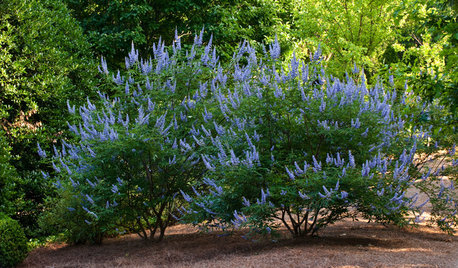
FLOWERS AND PLANTSVitex Agnus-Castus Fills Gardens With Fragrant Blooms and Foliage
Spikes of purple flowers adorn chaste tree’s aromatic foliage throughout the warm season in Southern gardens
Full Story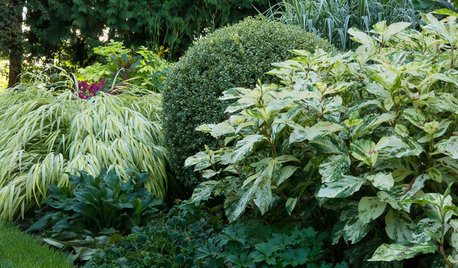
PLANTING IDEASGreat Garden Combo: Play With Foliage Patterns in a Border
Splashes, spots and stripes: Confidently mix things up in your border planting with our 4-step recipe
Full Story
PLANTING IDEASWant a More Colorful, Natural Garden? Try a Perennial Meadow
Spend less time tending and more time taking in the sights by improving on Victorian and prairie garden designs
Full Story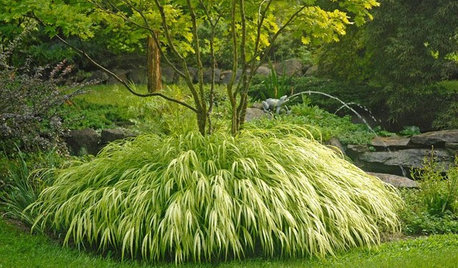
PRODUCT PICKSGuest Picks: 20 Gorgeous Perennials to Plant Now
Take advantage of warm spring weather to create a colorful garden with blooming plants, succulents and ornamental grasses
Full Story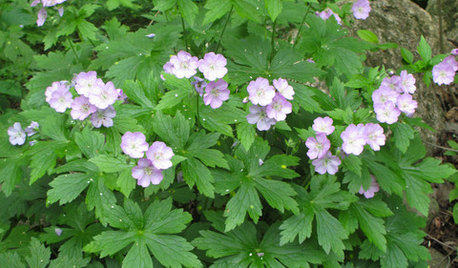
NATIVE PLANTS10 Essential Native Perennials for the Great Lakes and Upper Midwest
These adaptable native plants thrive in a variety of conditions and will provide flowers throughout the season
Full Story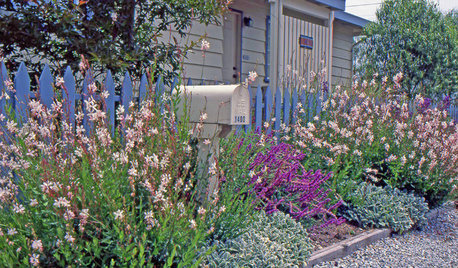
GARDENING GUIDESGreat Design Plant: Gaura Lindheimeri
Delicate, butterfly-shaped flowers ‘float’ above the foliage of this lovely, drought-tolerant perennial
Full Story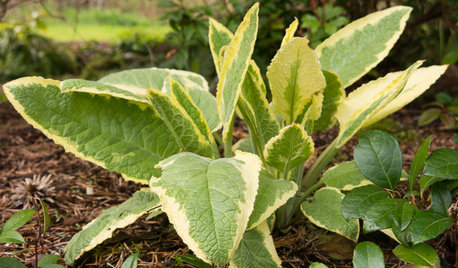
GARDENING GUIDESGreat Design Plant: Axminster Gold Comfrey for Sun or Shade
Plant this perennial for bold color that will light up shady spots, sparkle in the sun and add interest from spring until fall
Full Story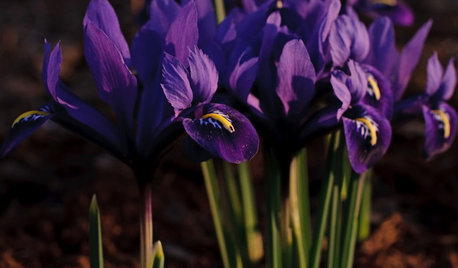
GARDENING GUIDESGreat Lakes Gardener's March Checklist
Spy emerging bulb blooms, raise an eye to the sky and cut back old foliage to prepare for bigger and better things to come
Full Story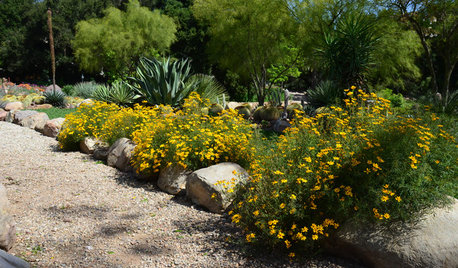
FLOWERS AND PLANTSLemmon’s Marigold Brings Flowers to Desert Gardens in Spring and Fall
The deep yellow flowers of this shrubby perennial herald the arrival of both seasons in drought-tolerant gardens
Full Story




User